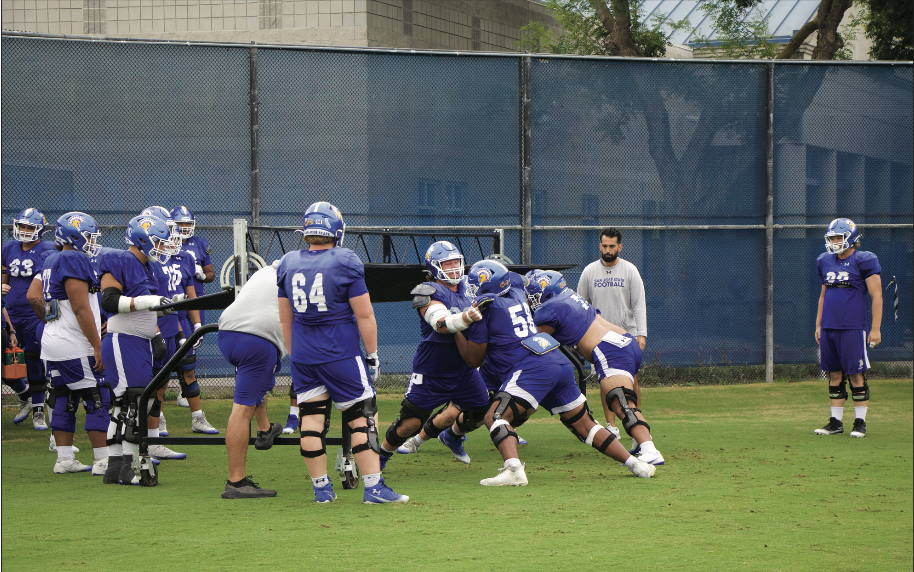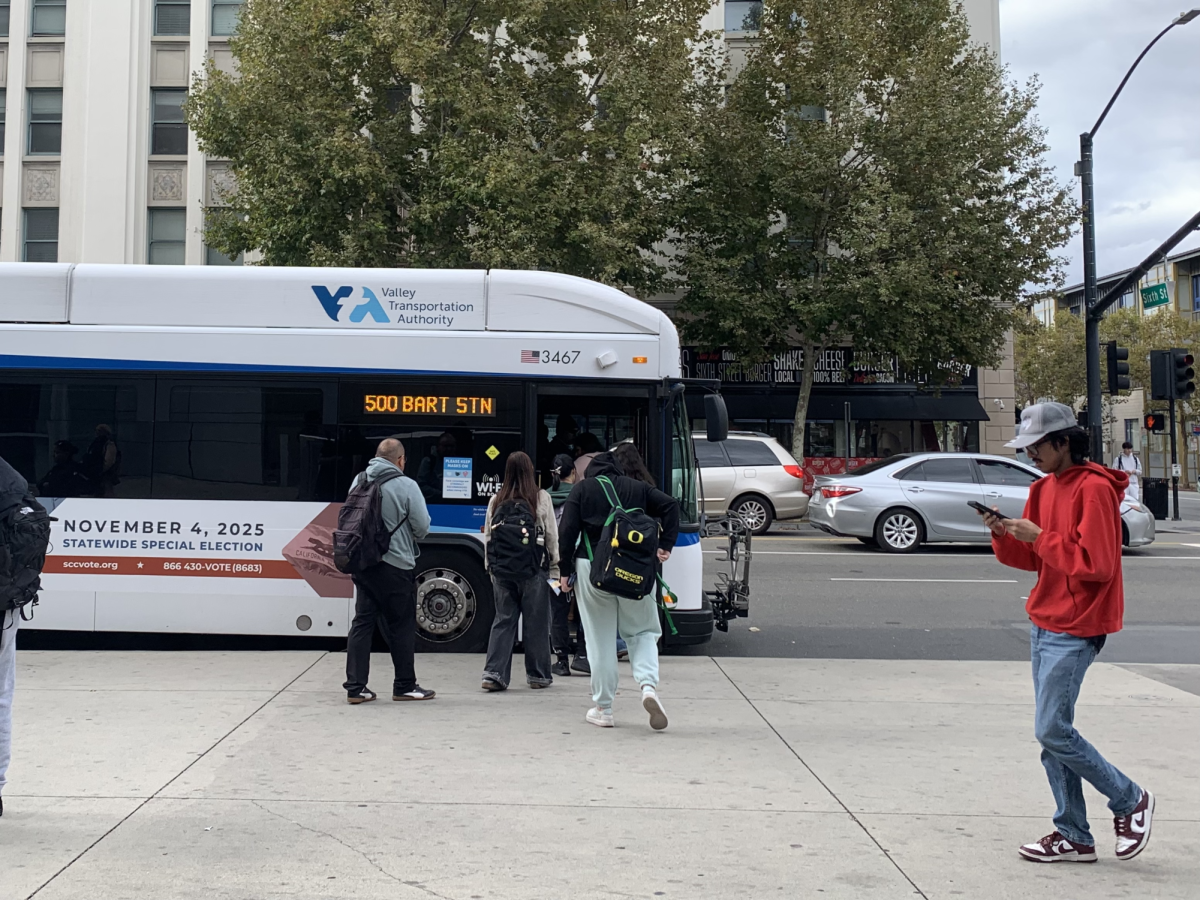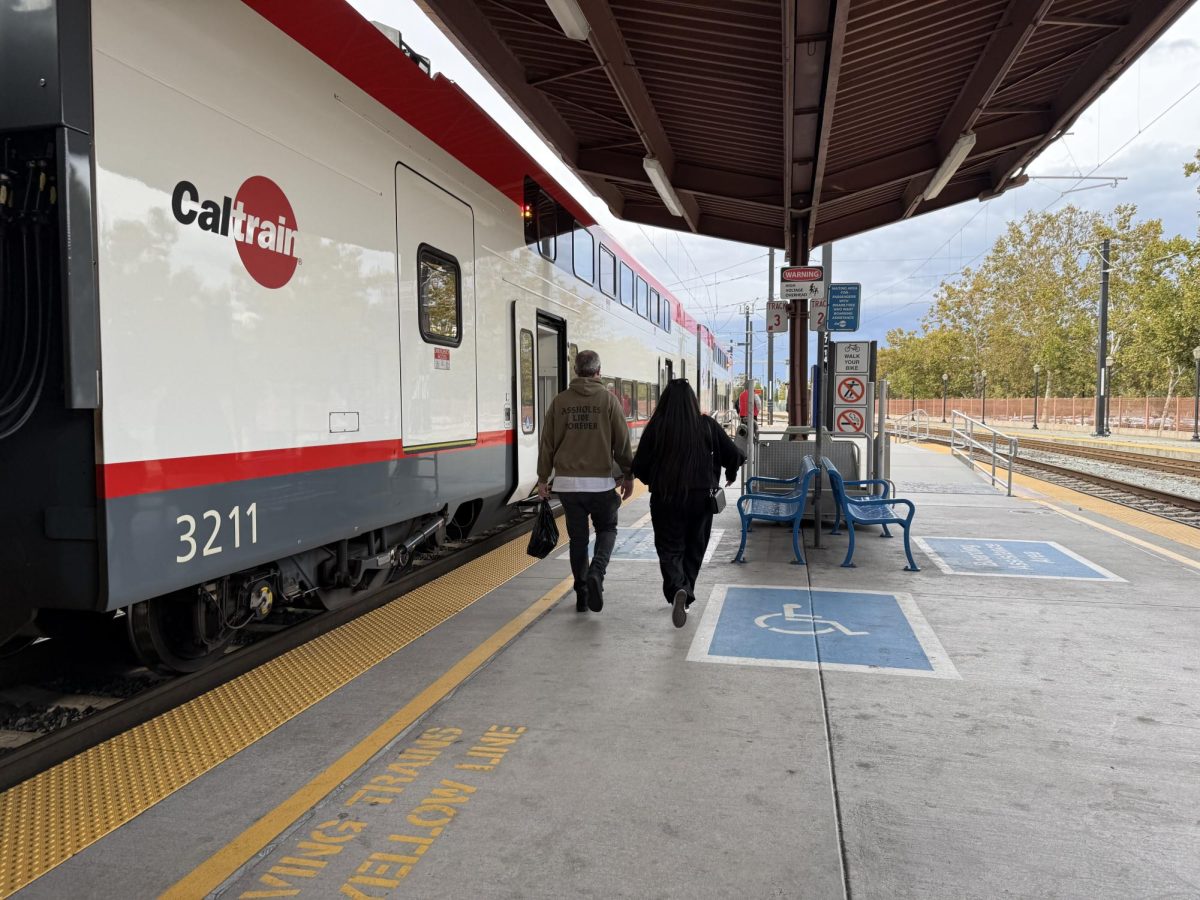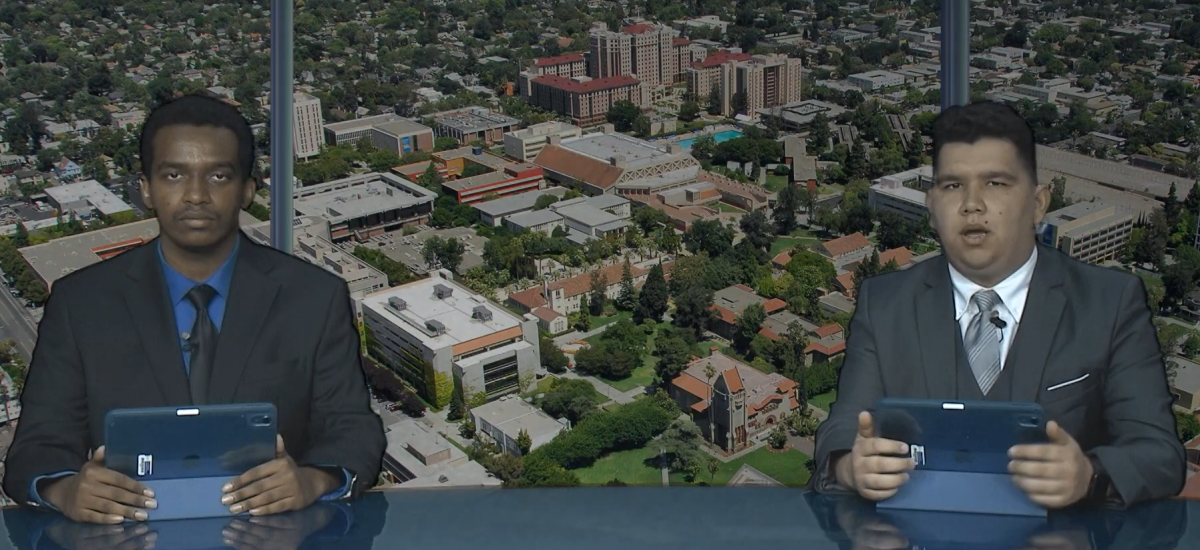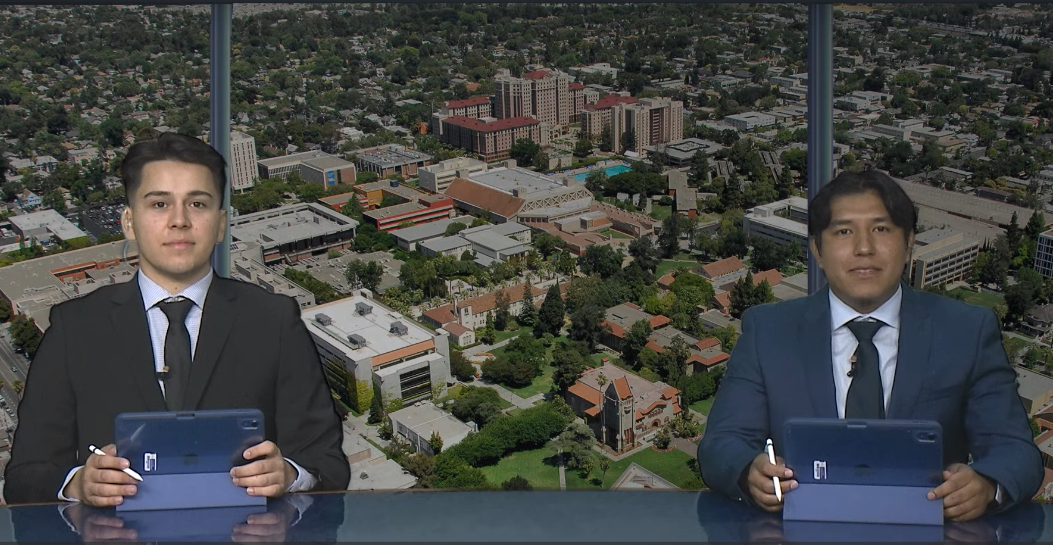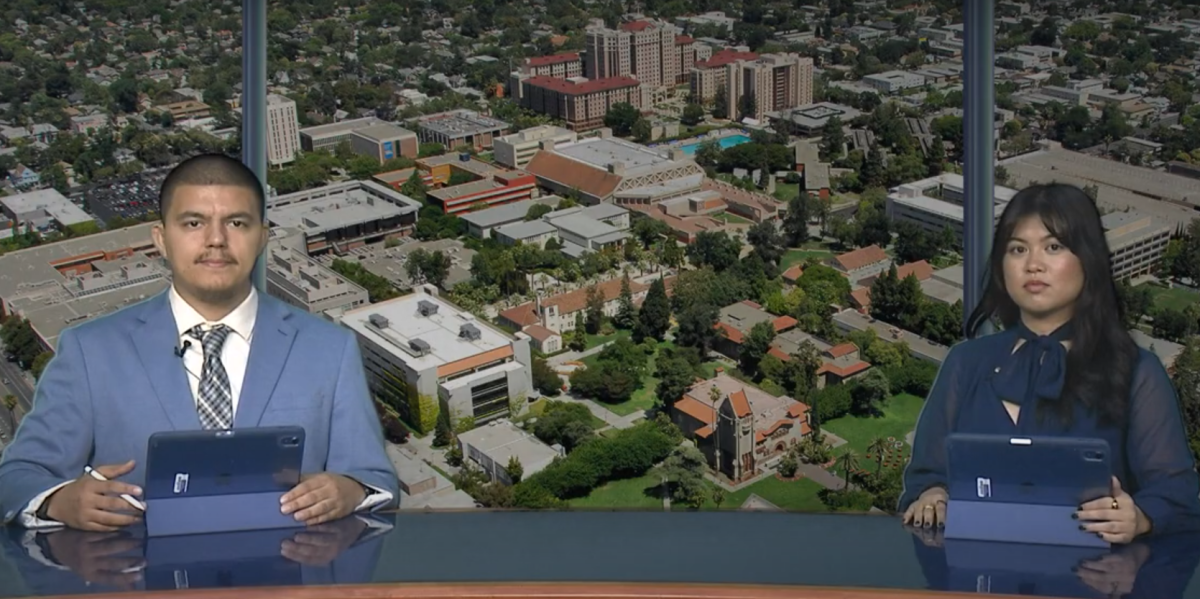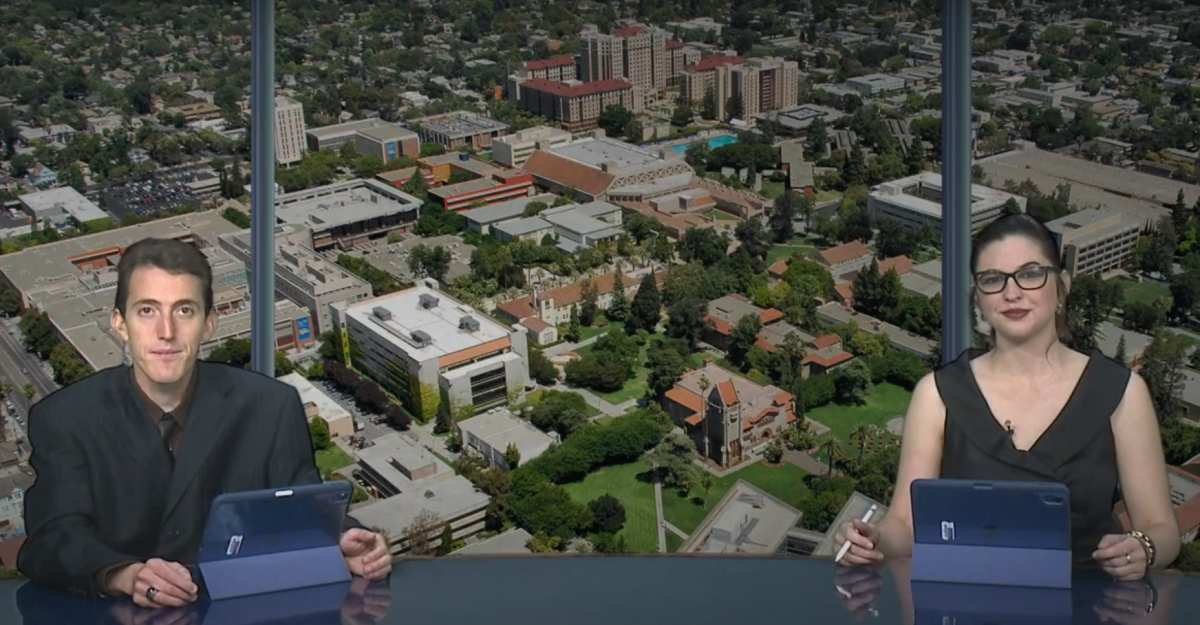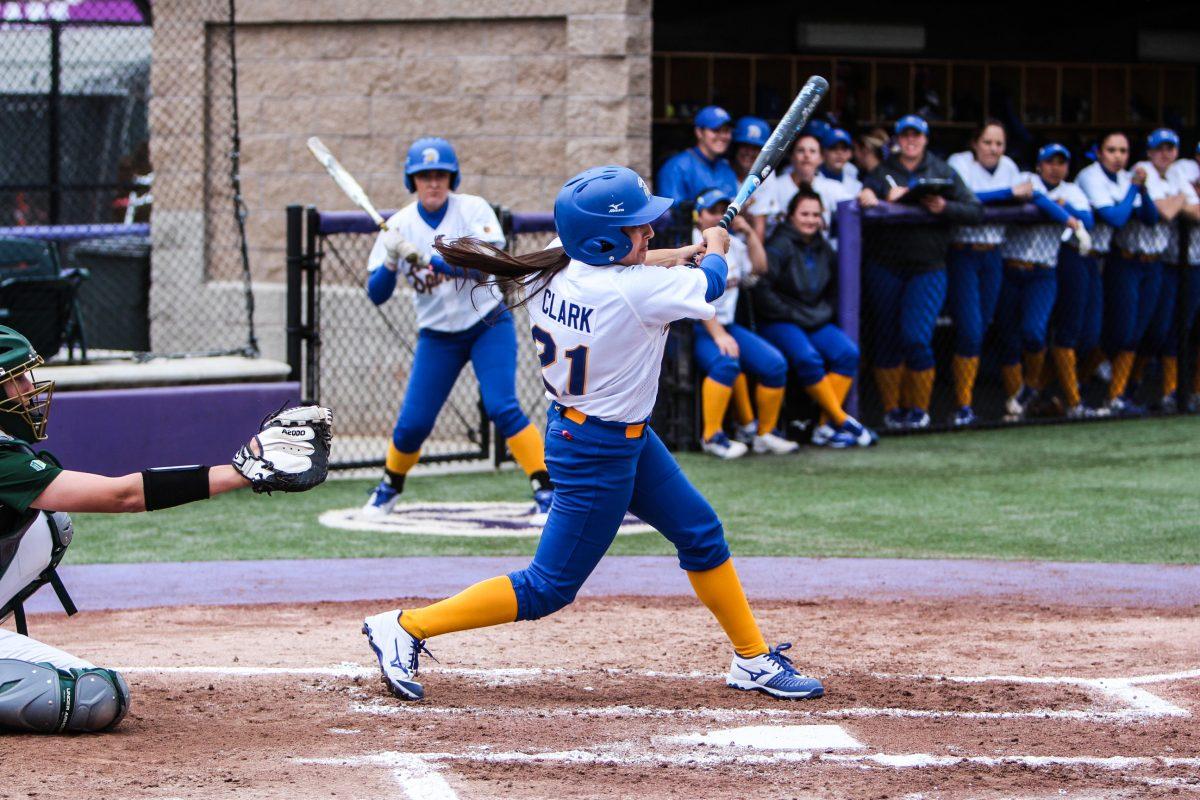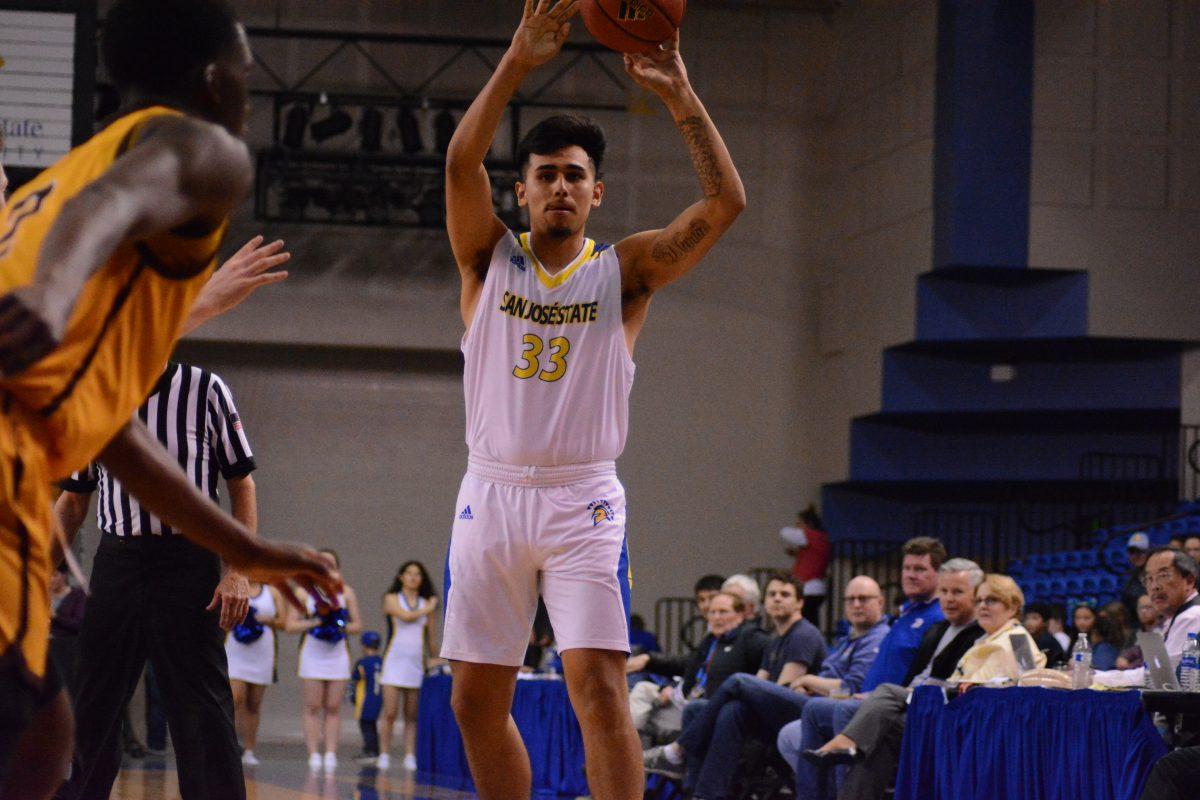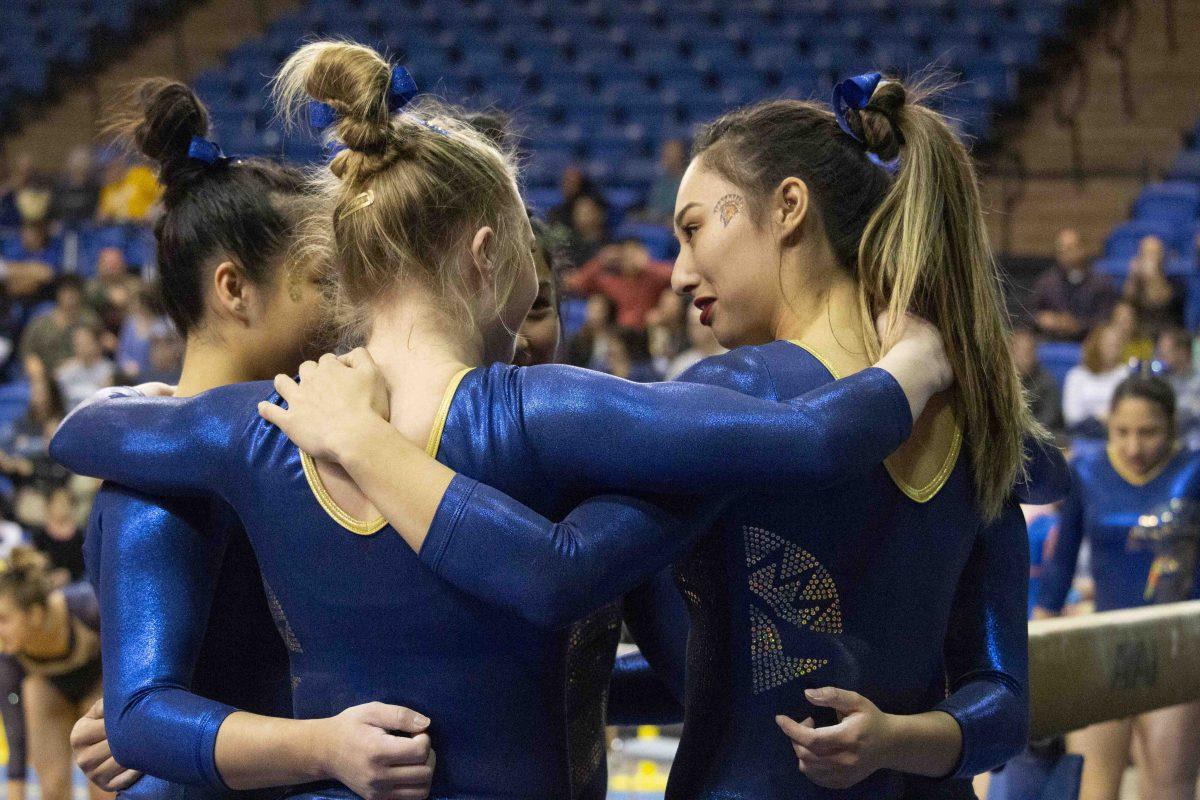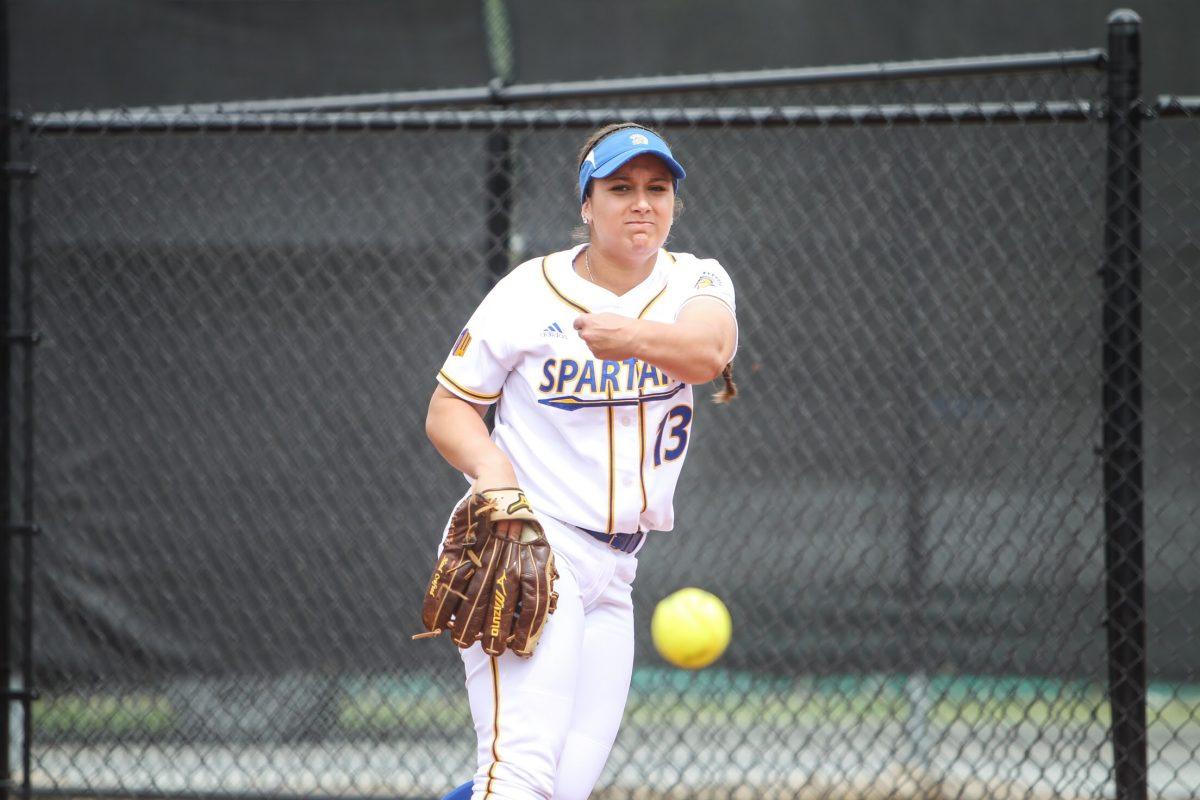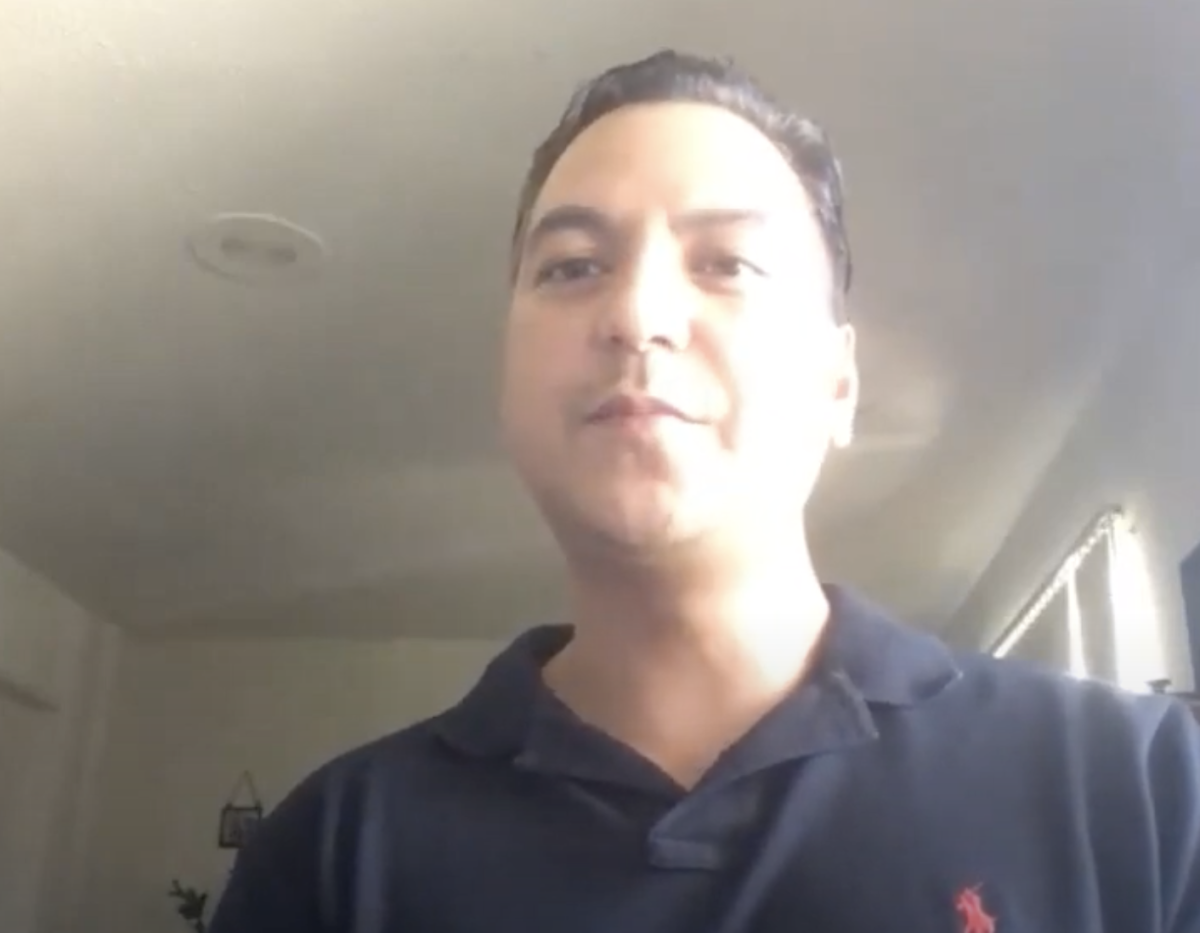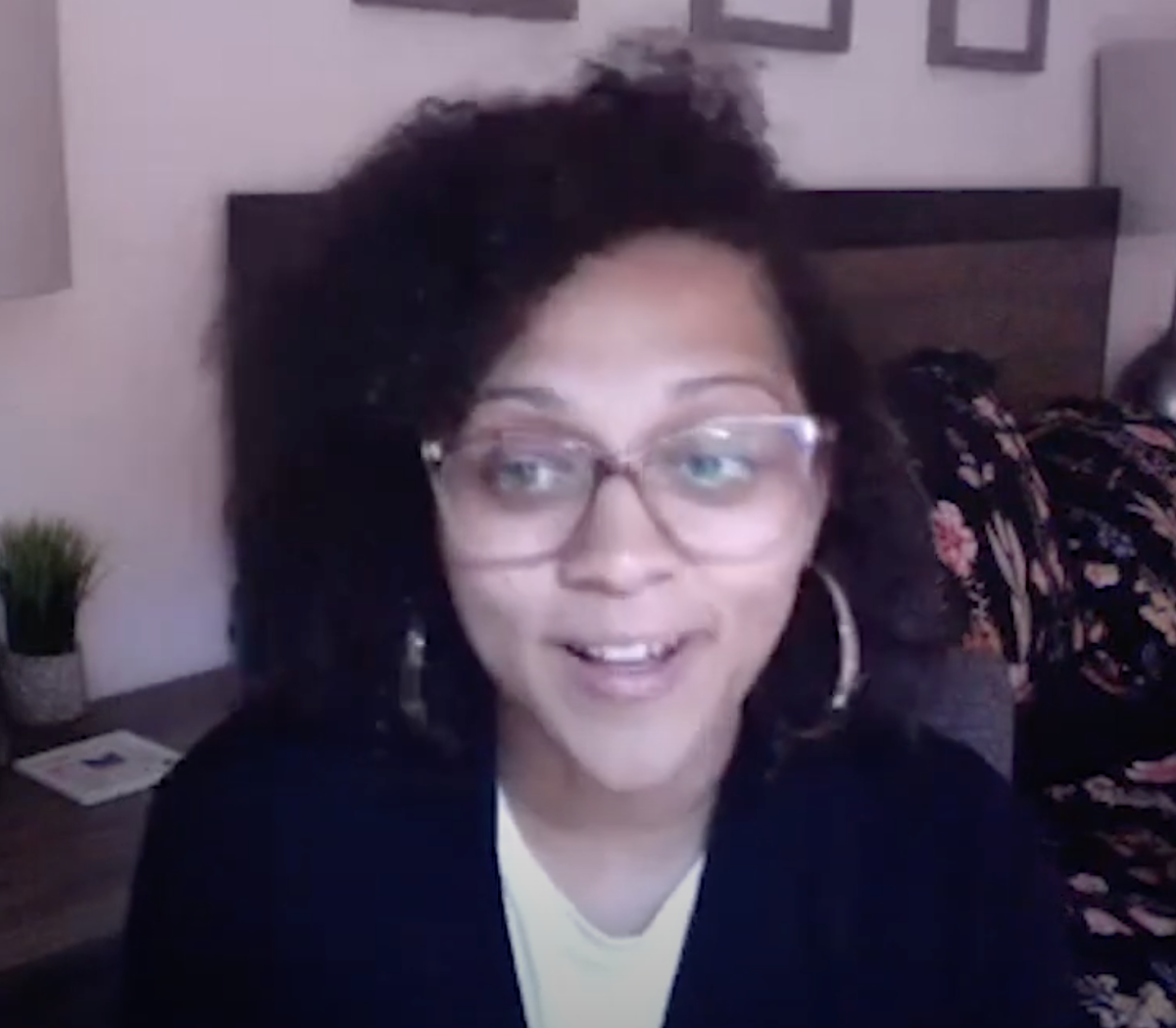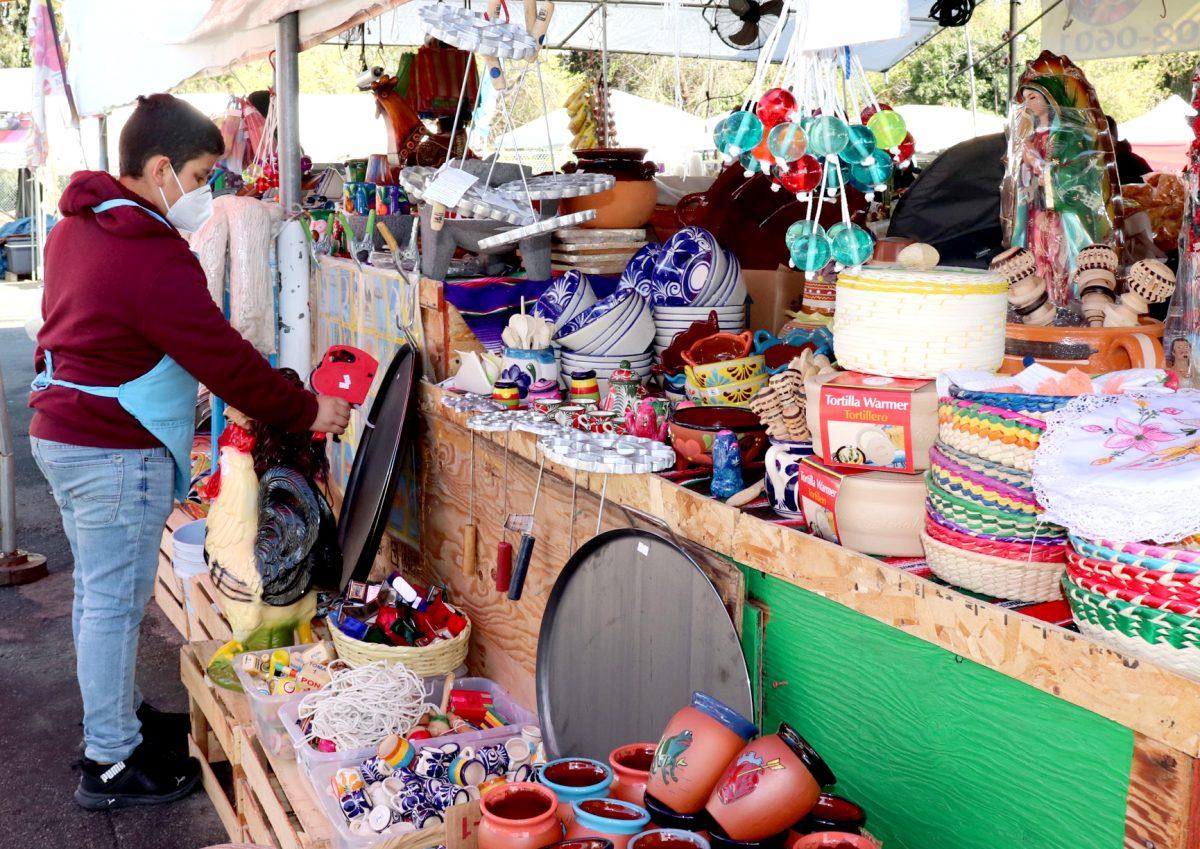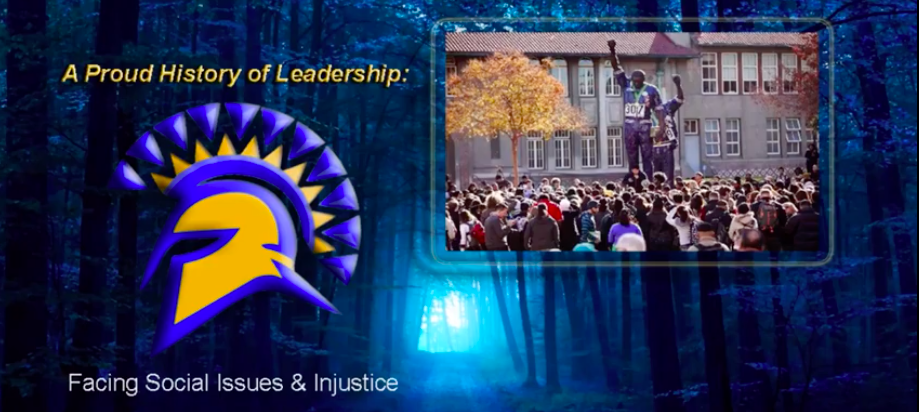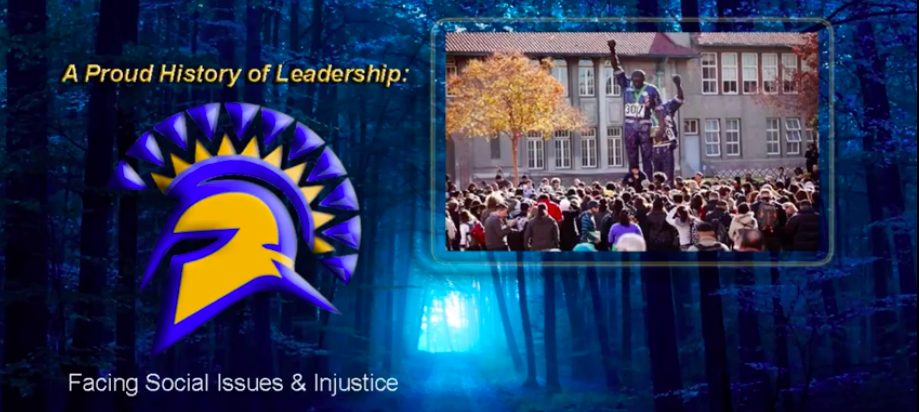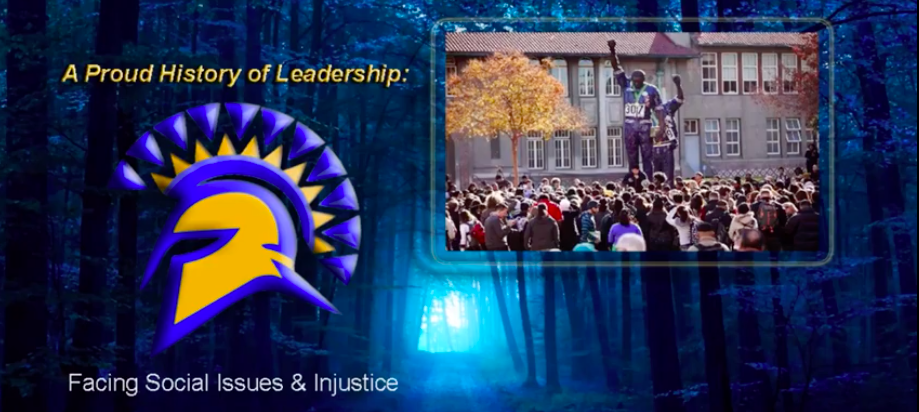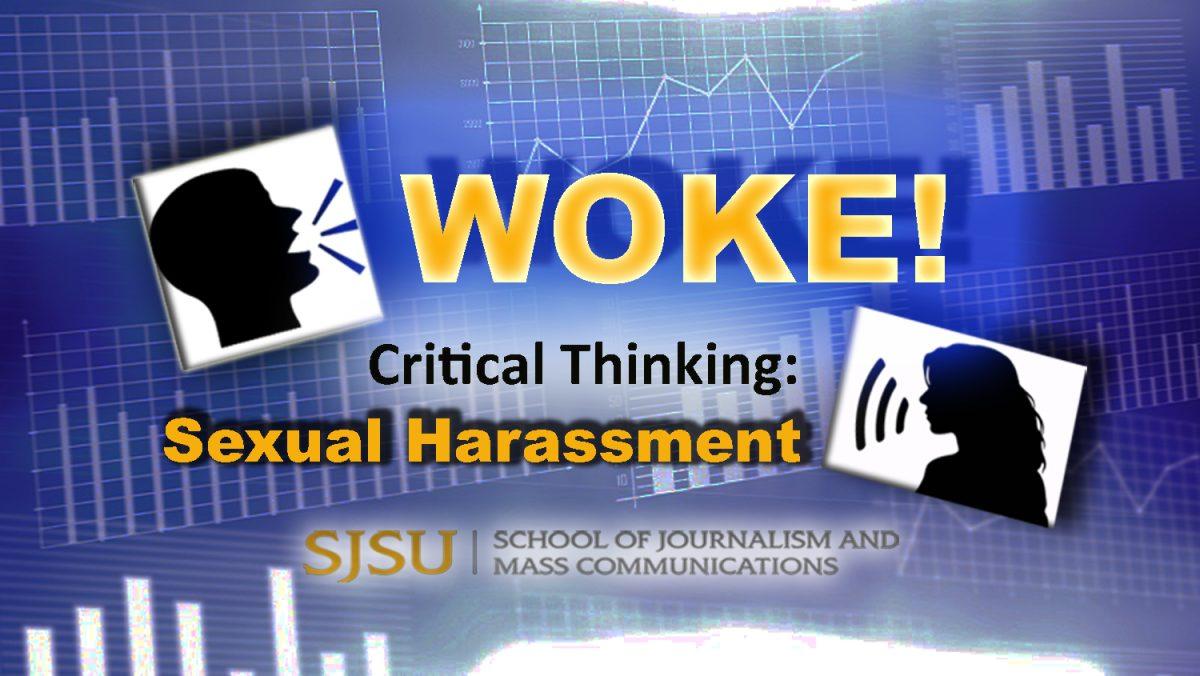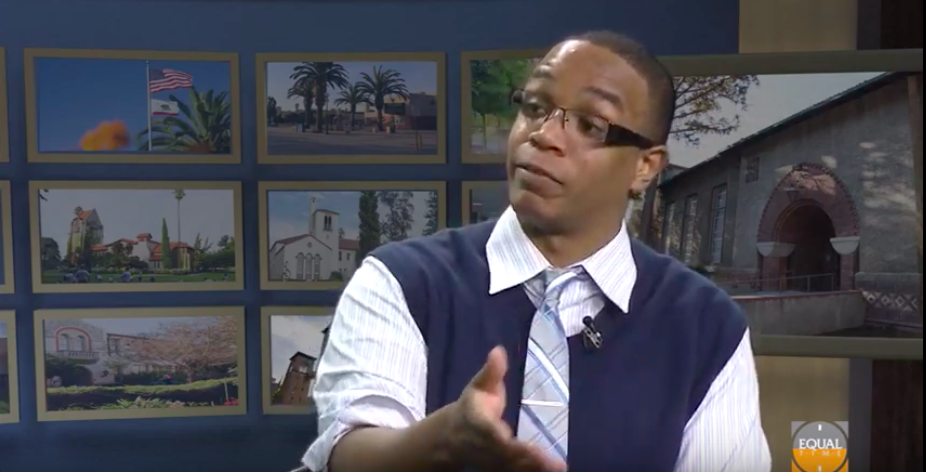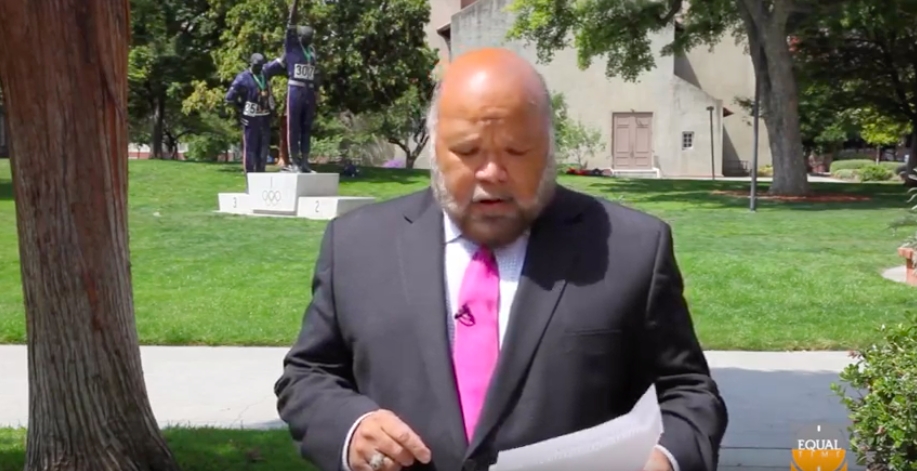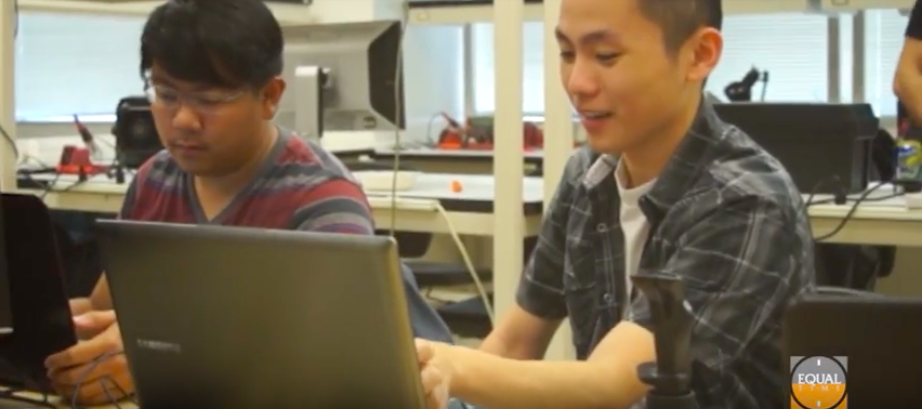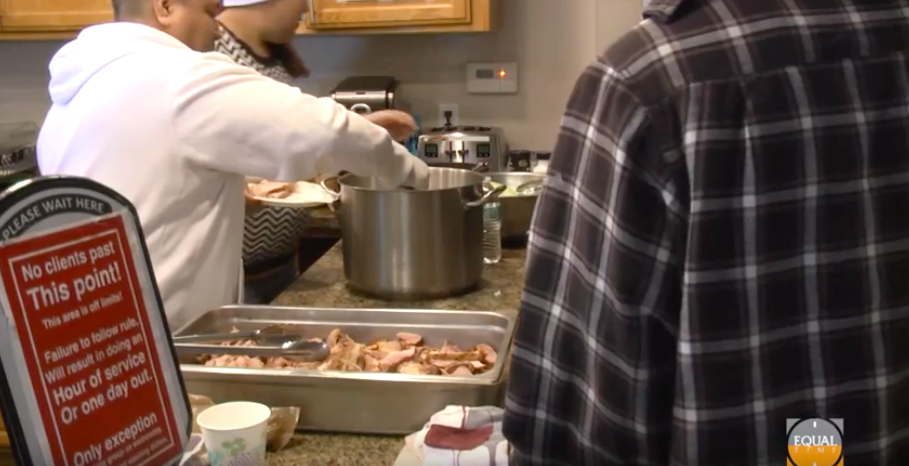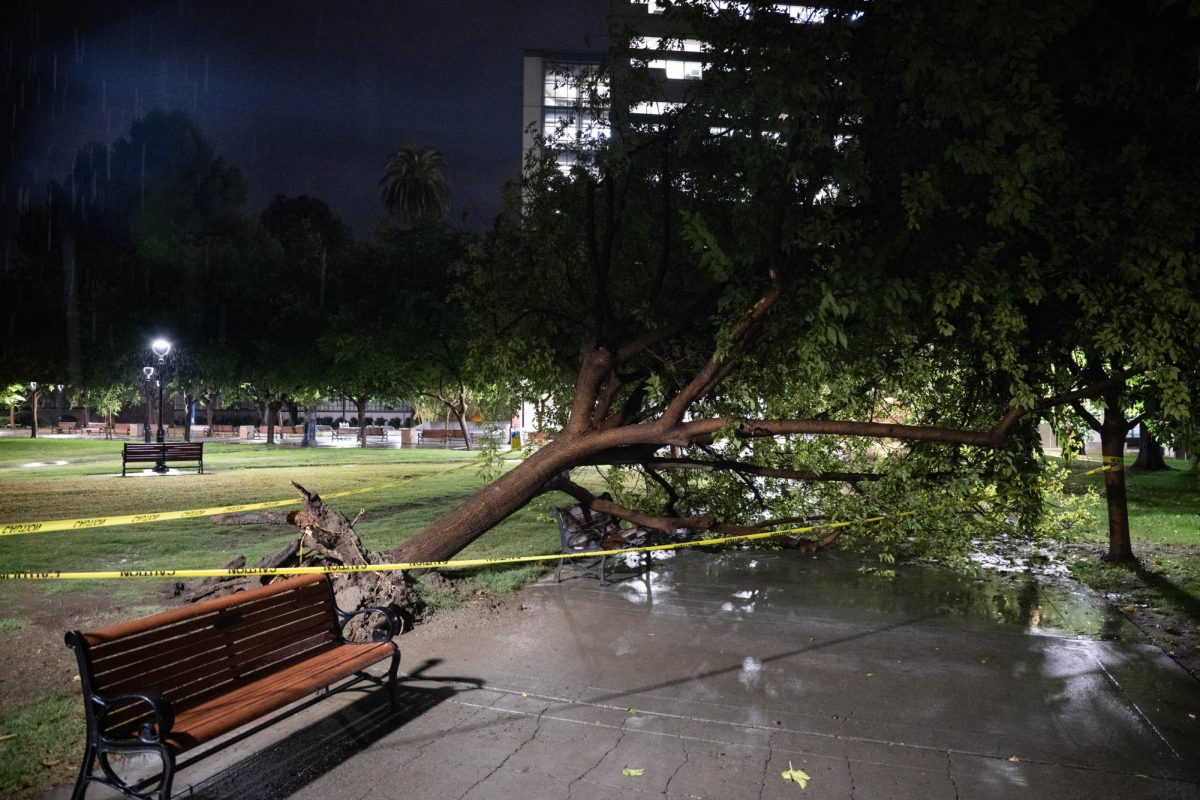Waking up and immediately attending online class while still eating breakfast in our pajamas sounded like a dream in March 2020, but our new normal has been problematic and distressing. After a year of remote learning, it’s clear online classes are challenging in ways in-person education was not.
Karin Jeffery, a San Jose State psychology and kinesiology lecturer, said online learning may be troublesome because other issues caused by the coronavirus pandemic made this past year of college taxing.
A pivotal presidential election, west coast wildfires and fights for justice among Black lives are some of the many stressors that occured since transitioning online.
Some educators don’t understand that on top of personal struggles, it’s hard to focus on assignments when the world is drastically changing every day.
Election Day sticks out to me in particular. It was strenuous to focus on classes that continued like normal when the election’s outcome was so crucial to the country’s future.
School wasn’t nearly as important as the United States’ potential downfall.
Spring 2021 has felt even heavier because many instructors modified curriculum now that they’re more familiar with Zoom.
Our online learning success is dependent on multiple factors including our workspace, access to resources and personal home environments.
Although switching to online learning was necessary and inevitable, it surfaced new hurdles and hardships for students, staff and faculty.
As instructors attempt replicating the in-person experience, they must realize some protocols such as excessive busywork and the use of Respondus LockDown Browser have damaged our success and well-being.
Jeffery said not every student is comfortable sharing their workspace or simply can’t use their cameras because of numerous distractions.
When classes first transitioned online, I didn’t reside on campus nor did I have my own room. My schedule conflicted with my younger sister’s middle school classes and caused distractions and added anxiety.
University administration accommodated students to an extent after introducing the Credit/No Credit option that helped students including myself.
As someone who doesn’t thrive in online courses or self-taught material, it was comforting to know a Credit/No credit wouldn’t affect my GPA.
It’s unrealistic to expect every student to pass their classes or adequately learn in this adaptive stage.
SJSU’s grading system must reflect the challenging times that have caused students to struggle.
Grading students for online, and oftentimes self-taught, classes by similar standards to in-person classes isn’t empathetic or logical given how every individual has struggles specific to them during the pandemic.
Low-income students without consistent digital access or WiFi are significantly hindered in their learning, according to a March 25, 2020 Human Rights Watch study.
A May 2019 Pew Research Center Study also found 44% of adults in households with incomes below $30,000 don’t have broadband.
Students had no say in the decision transitioning to online education, it was forced.
We don’t all have the same mental capacities and instructors must validate these feelings by accommodating students to their best ability.
SJSU is a diverse university with students from all backgrounds and walks of life, including some who unfortunately don’t have unlimited resources or time.
“The whole remote learning is based on a lot of assumptions that are incorrect,” Jeffery said.
Educators might assume students have the same amount of time they did before the pandemic or even more, but it’s not the case for all of us.
Jeffery said many of her students are parents who must balance teaching themselves with homeschooling their children.
Given the pandemic’s unpredictable nature and the disadvantages surrounding online classes, it’s imperative instructors are flexible and students must recognize what’s obstructing their academic success.



